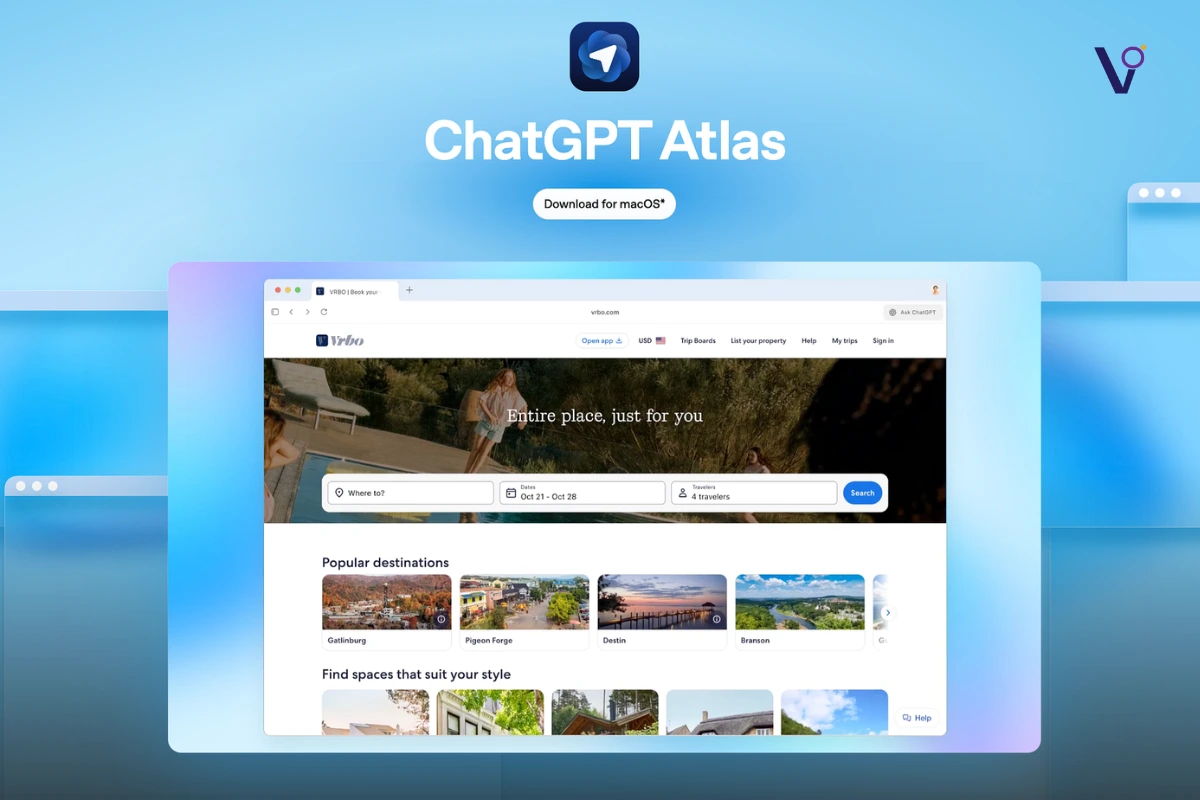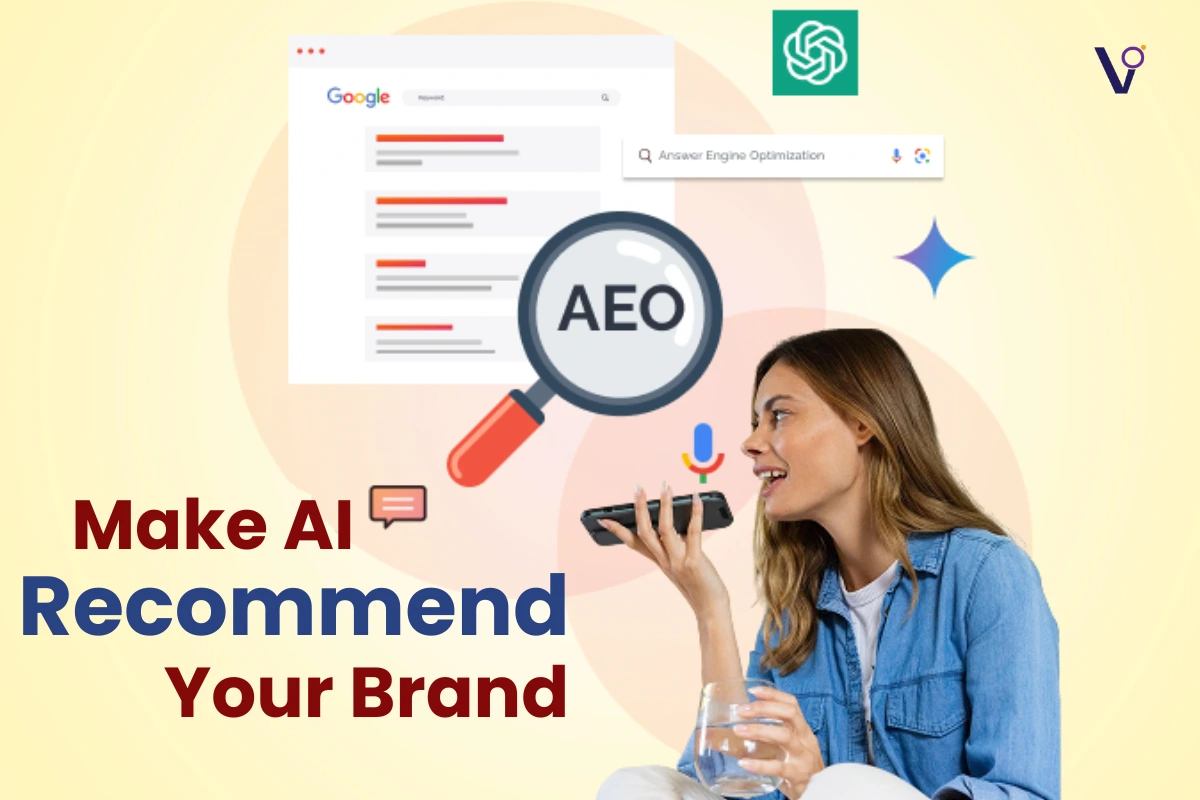When it comes to ad campaigns, we all want to set up one that gives us the maximum conversion rate. This comes from reading the behaviour of your target audience. That suggests the top-notch way to do that is by targeting social media ads. Viral Omega is here to help you with that.
What is Targeting in Social Media Marketing?

Targeting in social media marketing allows brands to focus on specific people they think would be interested in their product. It is done along lines of demographics, interests, and behaviors. This precision ensures:
Right audience sees your ads = High Engagement Rate + Convertion Rate.
Social media platforms store vast amounts of data that businesses can leverage to define and reach their audience with accuracy. This ability to concentrate on specific groups of users helps in making each ad campaign effective.
There’s only one way to do this right, i.e, by showing the ad to the people who actually care Viral Omega will handle your social media ad targeting, ensuring your ads reach the right audience every time. We use data to create campaigns that are perfectly aligned with your audience’s interests, age, and behaviors. No more irrelevant ads—we make sure your content shows up in front of potential customers of your brand. Whether you’re targeting by demographics or custom lists, we make the process simple and effective. Contact us now!
Facebook Ads and Instagram Targeting Options
Multiple platforms are provided by Meta, formerly Facebook, and Instagram, including targeting options:
- Demographics: this is referring to age, gender, location, and education. Different businesses use segmentation to ensure that their ads reach most relevant audiences
- Interests and Behaviors: This targets users on the basis of interests, habits, and their activities. For instance, a user who is frequently involved with content related to fitness may receive health-related product advertisements.
- Life Events: This allows businesses to be able to reach users related to significant life events, such as birthdays or weddings, in order for appropriate marketing of products expected to be used around the time.
- Job titles and occupations: Brands can reach specific professional groups by targeting users by their job titles or industries.
Meta’s targeting options range from the apps and thousands of other platforms for reaching people consistently across multiple platforms, enabling perfect ad campaigns. Therefore, such a multichannel approach is a must to reaffirm brand messages and bring better overall efficiency to a campaign.
Ad Targeting on TikTok, Twitter, and Instagram
Each social media channel has its own specific targeting options according to the base of its audience. For instance:
- TikTok: It allows creating custom and lookalike audiences on multiple dimensions: location, age, gender, and more. Because the content format on TikTok is highly engaging, brands can reach their users quite fast.
- Twitter: The targeting on Twitter is significant around live events, conversations, and engagement on tweets. Brands can target users who are very active in any trending topic, which is contextual and relevant for the ad.
- LinkedIn: This platform was especially designed for B2B targeting on professional data. So, the advertiser can target the user through a job title, industry, or even company name, making this perfect for companies looking to communicate with professionals.
The more these platforms develop, the more refined targeting options they provide businesses to connect with their desired customers more effectively than ever.
Types of Paid Social Targeting Methods
Social media offers several targeting methods that enable businesses to reach specific users based on various criteria. Some of the most common methods include:
- Demographic Targeting: This method focuses on personal data, such as age, gender, and location. It enables advertisers to narrow down their audience by considerable degrees.
- Interest/Behavioral Targeting: It targets users based on their online activities and behaviors. Through analyzing the interactions of people with the content, businesses can develop more relevant ads to suit their needs.
- Predictive Targeting: This method uses artificial intelligence and machine learning to predict those customers who are most likely to convert. This helps businesses target ads for users who are most likely to take action towards the product based on their past behaviors.
- Retargeting: This method enables ads to users who, in the past, have had dealings with a company. It urges users, who once showed interest in a business to come back and convert.
- Custom Targeting: This technique allows drawing upon a company’s customer data for a custom list of audiences. By using information from existing customers, brands can discover new audiences that are similar to their existing customers.
- Contextual Targeting: This guarantees that your ads are served within the actual content environments. For example, if you are running a campaign for running shoes, you want your ads to be displayed on sports blogs-these users are interested in reading about running shoes because they want to read about running.
How Do You Reach the Right Target Market?
This all requires you to understand their behavior on social media, who your existing customers are, and what these people expect from your brand. You gather data through surveys, interviews, or focus groups to determine where your customers are most active, what they expect from your brand, and therefore what messaging will resonate.

Before this, you need to get a clearer idea of who you are targeting. Create a buyer persona based on the characteristics, preferences, and needs of your audience. This will guide your targeting efforts when you plan future ad campaigns.
Choose the Right Social Media Platforms
Targeting with advertising on those social media platforms that most of your customers spend their time online. For example, if your audience is mostly on Instagram and TikTok, then think of the content you create and target on those channels.
Refine Targeting Based on Customer Demographics and Interests
Based on the data you would have gathered, refine your targeting strategy. Your targeting should be age-, location-based, and of specific interest so that the right target reaches the ad.
Craft Content and Messaging That Aligns with Their Expectations
Develop content that resonates with your audience’s values and interests. Once the messaging becomes more aligned to what they believe in, they would give it a longer shot at engaging with your brand.
The more customers you gain, the more you can fine-tune and level up that buyer persona and all those targeting tricks to make growth keep rolling. It’s because the social media world is never lazy, and what they like and how they behave will refresh your ads, make them fun, and always spot on.
It’s no surprise that the most used apps are among them; Facebook, Instagram, TikTok, Twitter, and LinkedIn offer targeting options. Each has its own tools to let you refine your audience based on demographics, interests, behaviors, and more!
Retargeting is a clever strategy where you show ads to people who have already interacted with your business (like visiting your website but didn’t buy). It gives them a reminder of your product or service, helping turn “maybe” into “yes!”
They are:
1. Demographic Targeting: Based on age, gender, location, etc.
2. Interest/Behavioral Targeting: Focuses on users’ activities and interests.
3. Retargeting: Ads for users who’ve interacted with your business.
4. Custom Audience Targeting: Uses your own data.
5. Lookalike Targeting: Targets users similar to your current customers.
6. Contextual Targeting: Ads placed in relevant content environments.



